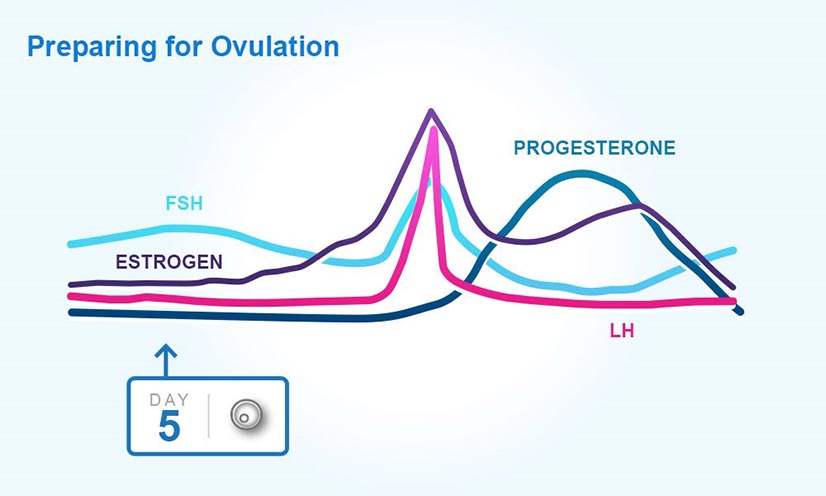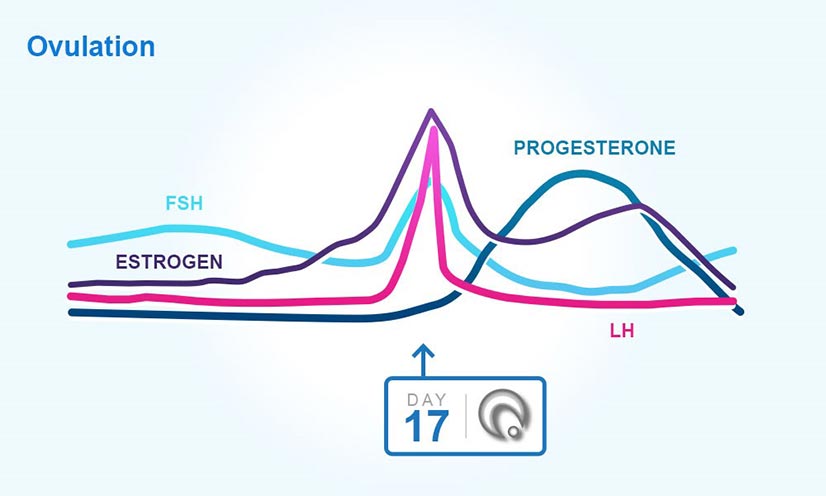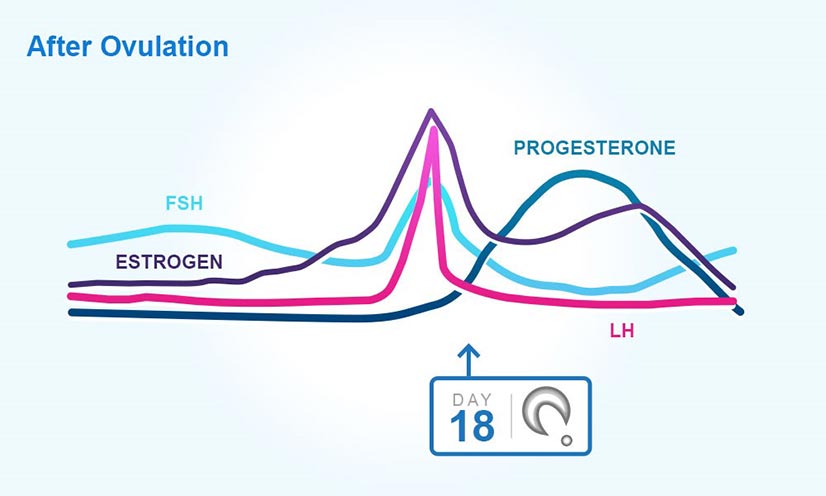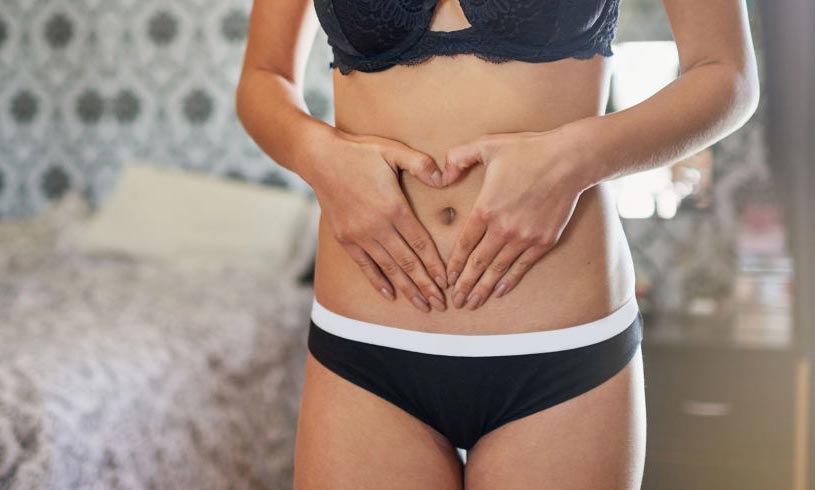In a world full of contraception there is fertility awareness method (FAM), all though this only really works as contraception if you have a regular cycle it is a good way to be in tune with your body and maybe understand the reasons why certain things happen.
It’s funny to add that I DID NOT learn this from school; I learned this from friends who were trying to fall pregnant. Because at the time I was not in a serious relationship or trying to fall pregnant myself I thought I could use this as a way to avoid falling pregnant. I highly recommend learning about your body and cycle, understand how your body works and what certain things mean is incredibly helpful if you, miss your pill, are taking antibiotics which renders your pill useless, or having trouble figuring out why you cry at spilled milk.
Fertility awareness methods help you to track your cycle this is so you know when your ovaries are releasing an egg every month, also when your fertile days are and when your next period will be due.
The days near ovulation are your most fertile days, this is when you can fall pregnant or are most likely to fall pregnant. Some people decide to avoid sex during this time so they don’t fall pregnant while others use other contraception options during this time.
There are a few different fertility awareness methods which include:
- The Temperature Method: You take your temperature in the morning every day before you get out of bed.
- The Cervical Mucus Method: You check your cervical mucus (vaginal discharge) every day.
- The Calendar Method: You chart your menstrual cycle on a calendar.
Obviously using all three methods will give you a better outcome, by just being aware of how your body works and the signs and symptoms will help as well.
The Menstrual Cycle
Day one: The first day of your period which usually will last between 3-7 days, those of you who do get period pain it will most likely be at its worst the first few days. This is because the hormones in your body are telling your womb to shed the lining that was built up in your previous cycle.
Preparing For Ovulation
At the beginning the pituitary gland in your brain produces a follicle-stimulating hormone known as FSH, this hormone is in control of stimulating the ovaries to produce mature eggs. Each follicle contains one undeveloped egg; these follicles are the fluid-filled hollows in your ovaries. The FSH stimulates a number of follicles to develop and start to produce the hormone estrogen. The first day of your period has the lowest levels of estrogen and then increases as the follicle grows.
Many follicles initially begin to develop but normally only one is dominant, this is the egg that will mature with the follicle with the anticipation to join with the sperm. Also at this point your womb is also getting ready and with increasing amounts of estrogen the lining is thickening with nutrients and blood. High estrogen levels are also associated with “sperm friendly” cervical mucus; this is the stuff that looks like thin and slippery discharge that may also be a cloudy white in colour.

Understanding The Ovulation Cycle
Estrogen in your body is still increasing and eventually it causes a rapid rise in luteinising hormone, which is also called the LH surge. This surge causes the dominant follicle to rupture and release the mature egg from the ovary. This is where is enters into the fallopian tube and the process is known as ovulation.
Your ovulation day will vary from cycle to cycle and day 14 is the average day that it occurs but many women will ovulate on different days of the menstrual cycle. Some women claim to feel a twinge of pain when they ovulate (I am one of those women and I do feel an almost sharp pain on either side during ovulation), but this isn’t common and most will feel nothing at all.
There are ways however you can identify your personal fertile days these include ovulation tests (most accurate in detecting changes in fertility hormones), ovulation calendar methods, basal body temperature or saliva (these can also be influenced by illness or medication).

After Ovulation
After your egg has been released it moves along the fallopian tube towards your womb, your egg can live up to 24 hours. Sperm on the other hand is a little more stubborn typically lasting 3-5 days this is why you have a fertile window of around 5 days. As soon as you ovulate the follicle starts producing another hormone called progesterone, this causes another build-up of your womb in preparation of becoming home to your fertilised egg!
Meanwhile the empty follicle that just realised the egg carries on producing progesterone but will also start to produce estrogen, this is when you may start to get symptoms of pre-menstrual tension (PMS) which may include breast tenderness, boating, lethargy, depression and irritability.

Preparing For The Next Period
So if falling pregnant wasn’t your goal your empty follicle will now be shrinking and your levels of estrogen and progesterone will decrease; without these high levels of hormones your womb will start to break down and shed the lining. This is the start of your new menstrual cycle.
As a quick visual note throughout your cycle for those who don’t particular care but are still curious this is what your cervical mucus will be like during the different stages.
Just before ovulation your cervical mucus will become clear and slippery similar to raw egg whites – it is very elastic and can be stretched between two fingers.
This is fertile mucus! The little sperm guys love this stuff! They just slide on through it! #incomingegg
When you’re at your non-fertile stages of your cycle your mucus will be different in colour and texture, depending on your body it may be sticky, crumbly, gummy or creamy. It may also be white, milky or yellow in colour.
This mucus cannot be stretched and may have a sour smell, this may be because secretions related to sexual arousal, semen, lubricants, spermicides and vaginal infections can all alter the appearance of cervical mucus.
Hope you have all learned something new! Here is also a very interesting read, how to relieve sexual tension on your period.
Morgan x
Author: Morgan is a consultant from Oh Zone Adult Lifestyle Centres

Meet Morgan, a young designer advocating equality and speaking out against violence. Her journey in the adult industry has been transformative.








Leave a Reply